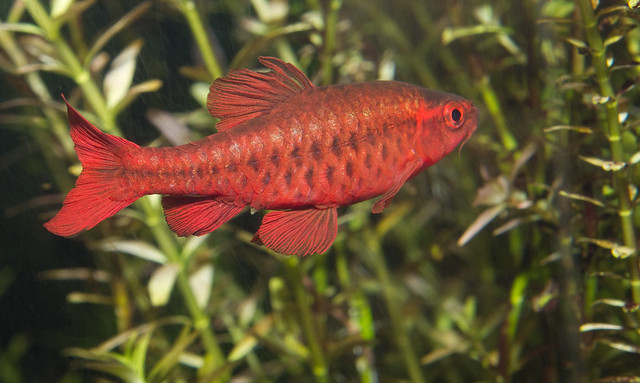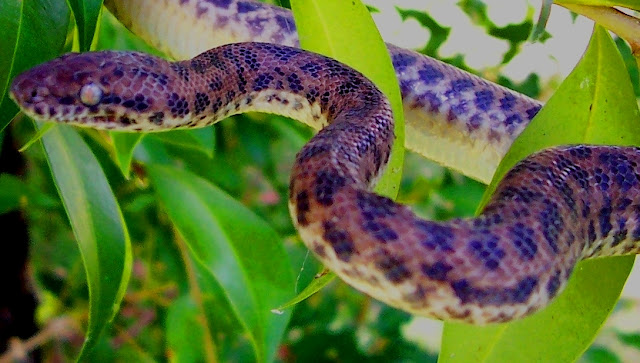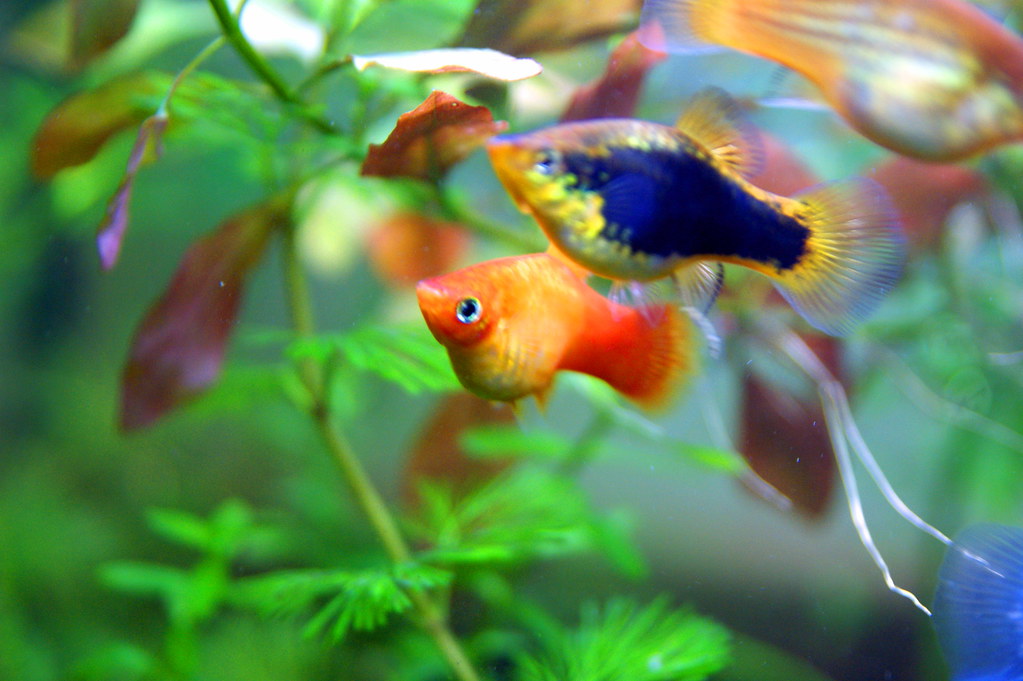Jellyfish have survived for 650 million Years. They belong to the phylum Cnidaria. This phylum is divided into definitive classes which include all anemones, corals, fire corals and what is commonly referred to as true jellyfish. Anthozoa contains sea coral and anemones. Hydrozoa includes the Portuguese Man o`War which contrary to popular belief is not an actual jellyfish but a massive colony of hydrozoans. The class Cubozoa contains box jellies, the deadliest creatures on Earth. True jellyfish belong to the class Scyphozoa which includes over 200 species.
 |
| Jellyfish at Sydney Aquarium (Photo credit: Wikipedia) |
Anatomically, jellyfish can best be described as a sac within a sac. They are composed of approximately 95% water, 3% salt and 2% protein. They have no eyes, no brains, and no supporting skeletal system but yet are one on the oldest multi-cellular creatures known to man. They existed long before the first dinosaurs roamed the Earth and will almost certainly still be here long after the human race has vanished. Without a brain, jellyfish have managed to survive three planetary wide extinctions: This alone bears testimony to their long term survivability as a life form. Jellyfish are one of the simplest multi-cellular organisms in existence. They are most accurately described as gelatinous zooplankton. The actual term jellyfish is a universal misnomer. Jellyfish are, of course, not fish. Jelly refers to the gelatinous substance that accounts for most of the mass in a jellyfish's umbrella or bell. This jelly (mesoglea) is surrounded by two layers of epithelial cells. The top layer forms the upper portion of the umbrella. The bottom layer forms the subumbrella or underbelly of the bell.
Jellyfish do not have specialized digestive, respiratory or circulatory systems. In fact, they don't even have blood cells. Oxygen is absorbed by simple diffusion through their thin outer membranes. A second membrane within the jellyfish contains a gastrodermal lining which forms a gastrovascular cavity. This primitive cavity functions in place of a digestive system. Nutrients are absorbed and distributed throughout the body. Jellyfish either have a single mouth or multiple mouth openings positioned on oral arms that function for both intake of nutrients and expulsion of waste products.
Jellyfish also lack any semblance of an advanced skeletal system. They have what is called a hydrostatic skeleton that provides structural integrity and allows for limited mobility. Hydroskeletons are common in many lower life forms, specifically cold blooded and soft bodied organisms. A hydroskeleton consists of fluid or gelatinous filled cavity called a coelom. The coelom is typically surrounded by muscular tissue or muscle-like membranes. As the muscle tissue contract or expand the pressure of the fluid in the coelom is changed. This change in fluid pressure is what allows jellyfish to change shape and achieve locomotion. Most jellyfish are poor swimmers. They spend the vast majority of their adult lives drifting haplessly on the ocean currents. Box jellies, however, are quite good swimmers. Sea nettles are such accomplished swimmers that they spend most of their time swimming, quite frequently against prevailing currents. This is why they appear to be swimming upside down.
Moon Jellies are by far the most readily obtainable jellyfish on the market. They are being tank raised to supply the rising demand for pet jellyfish in America. Their translucent bodies look absolutely amazing with an array of fading LEDs shining through them. You need a special Jellyfish Fish Tank Aquarium to keep jellyfish in. Learn more about Moon Jellyfish and other Pet Jellyfish. Article Source: EzineArticles |







